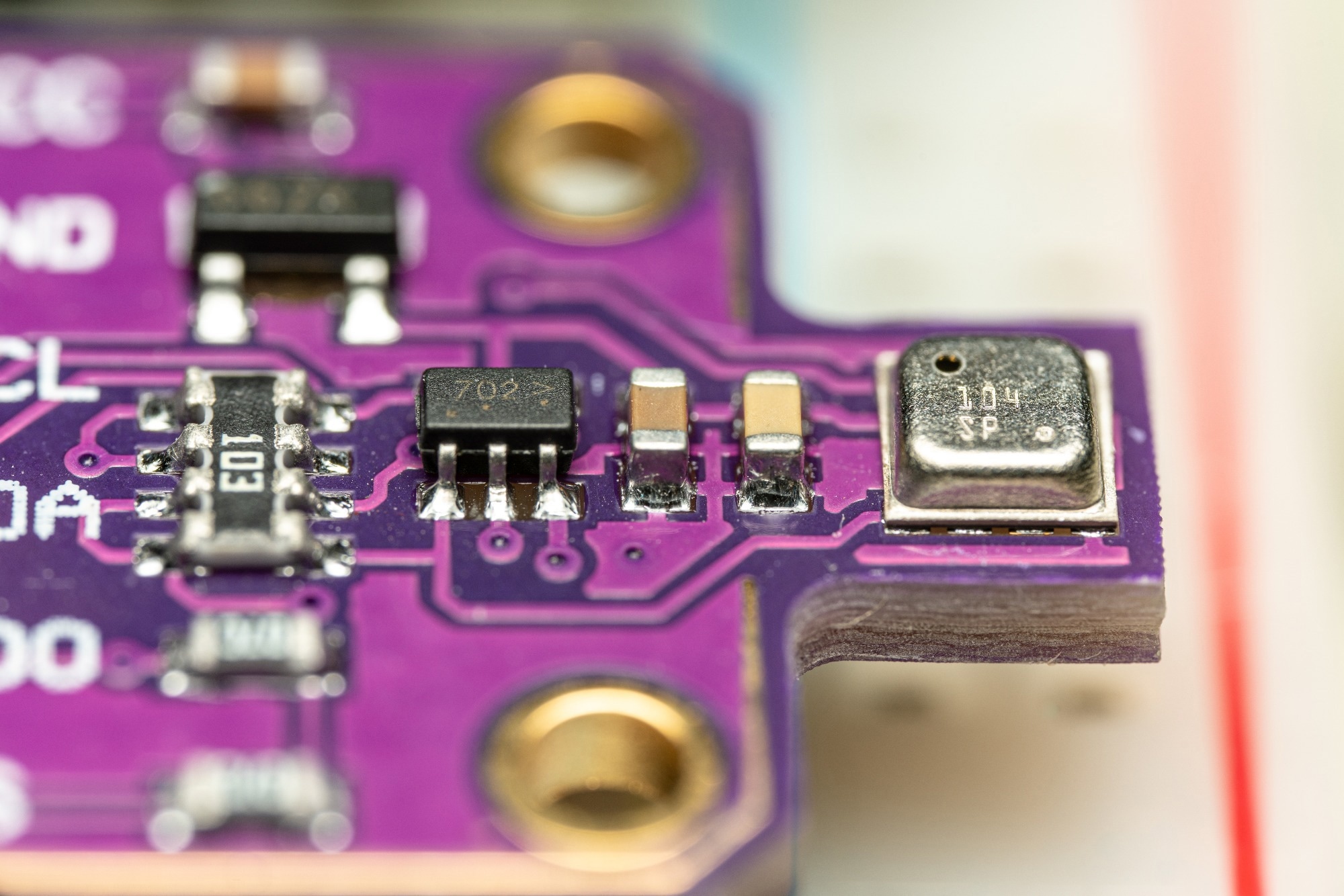
Image Credit: Jack Soldano/Shutterstock.com
Simultaneously detecting multiple signals with high accuracy has long posed a challenge for microelectromechanical systems (MEMS) sensors due to persistent signal interference. A recent study proposes a promising solution: a constant-drive approach utilizing weakly coupled resonators.
This technique retains the high sensitivity of traditional mode-localized sensors while drastically minimizing signal crosstalk. Validated through theoretical analysis, finite element simulations, and experimental trials, the method cuts cross-sensitivity by more than tenfold, without sacrificing detection precision. The result is a smarter, more reliable MEMS platform capable of navigating complex signal environments with clarity.
MEMS sensors play a critical role across a wide range of applications - from autonomous vehicles and wearable health monitors to industrial systems. These tiny devices offer a compelling combination of compact size, low power use, and multifunctional capability. However, as their use cases become more complex, so does the need to detect multiple physical signals at once.
Existing mode-localized sensors, while highly sensitive, tend to struggle here due to high cross-sensitivity. Overlapping signals interfere with one another, leading to degraded performance and unreliable readings. That’s why new techniques are urgently needed to support accurate, simultaneous multi-signal sensing.
To this end, researchers from Northwestern Polytechnical University in Xi’an, China, published a study in Microsystems & Nanoengineering introducing a constant-drive technique tailored for weakly coupled resonators.
By maintaining a fixed driving frequency, this method isolates input signals, allowing them to be detected independently and accurately. It offers a clean, energy-efficient alternative to the traditional reliance on frequency shifts in mode-localized designs - a long-standing obstacle in MEMS signal processing.
The team focused on a tri-resonator MEMS structure made up of three weakly coupled mechanical components. In typical mode-localized setups, changes in input signals shift the system’s resonant frequency, leading to overlap and interference. In contrast, the constant-drive method locks the drive frequency, preventing one signal from disrupting another’s detection. Theoretical modeling under ideal (non-damped) conditions showed perfect signal isolation.
Real-world simulations incorporating damping effects still demonstrated a striking reduction in cross-sensitivity to just 0.054 %. Experimental results echoed this improvement, lowering cross-sensitivity from over 26 % to as little as 1.1 %, with no loss in sensitivity. Unlike conventional methods that depend on energy redistribution, this approach relies on monitoring energy dissipation, offering greater stability and scalability.
What we have demonstrated is more than a tweak it is a fundamental shift in how MEMS sensors can process multiple signals. By eliminating the need to chase resonant frequency shifts, we reduce both complexity and energy consumption. It is a cleaner, more reliable way to measure real-world phenomena that often present in tandem, like vibrations and forces or electric and magnetic fields.
Honglong Chang, Study Senior Author and Professor, Northwestern Polytechnical University
This innovation unlocks new possibilities for multi-signal MEMS devices across sectors like aerospace, medical diagnostics, and remote sensing.
The constant-drive method isn’t limited to accelerometers; it can be adapted to electric field detectors, force sensors, and other resonator-based systems. Its simplicity could also lower both energy demands and integration barriers for use in portable, wearable, or distributed sensing technologies.
As demands grow in smart environments, this technique provides a solid foundation for developing the next generation of adaptable, high-performance MEMS platforms.
Journal Reference:
Li, H., et al. (2025) Synchronous detection of dual signals based on constant-drive technique of weakly coupled resonators. Microsystems & Nanoengineering. doi.org/10.1038/s41378-025-00954-y.